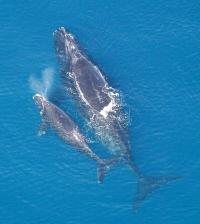 2017 was a disastrous year for the North Atlantic right whale and 2018 looks no better. In fact, it could be worse. Last year 17 North Atlantic right whales, died which is more than died in the past five years combined. Even worse, during this year’s breeding season, which typically runs from November through February, no newly-born calves have been sighted.
2017 was a disastrous year for the North Atlantic right whale and 2018 looks no better. In fact, it could be worse. Last year 17 North Atlantic right whales, died which is more than died in the past five years combined. Even worse, during this year’s breeding season, which typically runs from November through February, no newly-born calves have been sighted.
The Boston Globe quotes Barb Zoodsma, a biologist who oversees the right whale recovery program in the Southeast for the National Oceanic and Atmospheric Administration. “This is the worst-case scenario. This season appears to be a total bomb. You don’t have to be a math major to see that things are going in the wrong direction.”

 Last weekend, gold ingots and coins valued at $40 million salvaged from the wreck of the
Last weekend, gold ingots and coins valued at $40 million salvaged from the wreck of the  Around 1779, a portrait of two young women was commissioned by
Around 1779, a portrait of two young women was commissioned by 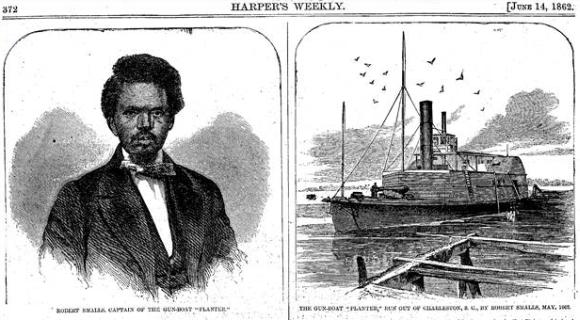 Here is a story well worth retelling. An updated repost from 2012. The remarkable story of Robert Smalls.
Here is a story well worth retelling. An updated repost from 2012. The remarkable story of Robert Smalls. For years, naturalists have found the shells of giant shipworms, but have not located the giant shipworm itself. Last spring, that changed. Giant shipworms were discovered buried in the mud in a Philippine mangrove swamp.
For years, naturalists have found the shells of giant shipworms, but have not located the giant shipworm itself. Last spring, that changed. Giant shipworms were discovered buried in the mud in a Philippine mangrove swamp. 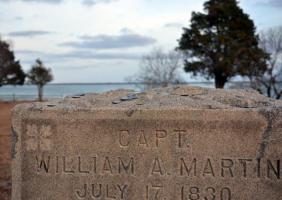
 The timeline for when humans first took to the seas keeps getting moved back. A few years ago, stone tools were found on the
The timeline for when humans first took to the seas keeps getting moved back. A few years ago, stone tools were found on the 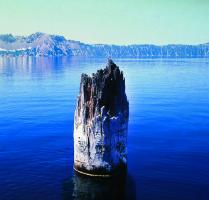 A 30′ long stump of what is probably a hemlock tree has been floating vertically, bobbing up and down, in
A 30′ long stump of what is probably a hemlock tree has been floating vertically, bobbing up and down, in 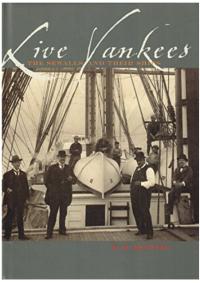 Yesterday, we posted about four barrels of rum from Lunenburg’s
Yesterday, we posted about four barrels of rum from Lunenburg’s  When the barque
When the barque 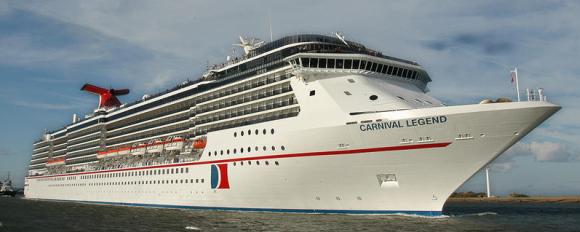 Joseph Conrad once wrote about a conversation with an old sailor who had just signed off a ship. The sailor said something to the effect that “the ship was alright. The problem was the people on it.” The comment seems to apply to a recent 10-day South Pacific cruise on the
Joseph Conrad once wrote about a conversation with an old sailor who had just signed off a ship. The sailor said something to the effect that “the ship was alright. The problem was the people on it.” The comment seems to apply to a recent 10-day South Pacific cruise on the 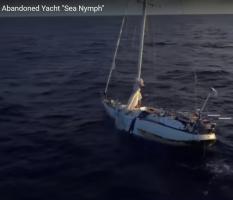 In October of last year,
In October of last year, 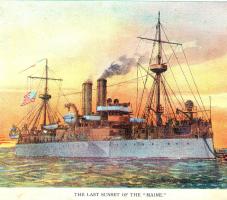 One hundred and twenty years ago today, on February 15, 1898, a mysterious explosion ripped through the hull of the American battleship USS Maine, at anchor in Havana harbor in Cuba. The ship sank killing 266 of the 350 men aboard. The loss of the USS Maine heightened the tension between the United States and Spain. Cuba was a Spanish colony and the island was gripped in a rebellion against Spain. USS Maine was in Havanna to protect U.S. interests.
One hundred and twenty years ago today, on February 15, 1898, a mysterious explosion ripped through the hull of the American battleship USS Maine, at anchor in Havana harbor in Cuba. The ship sank killing 266 of the 350 men aboard. The loss of the USS Maine heightened the tension between the United States and Spain. Cuba was a Spanish colony and the island was gripped in a rebellion against Spain. USS Maine was in Havanna to protect U.S. interests. 






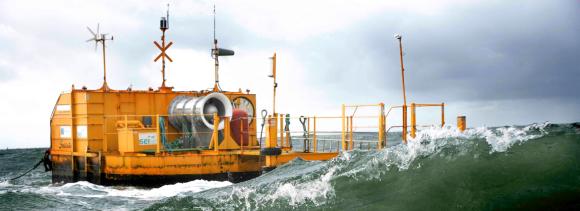 In fabricating ships’ hulls and building seawalls and docks, the goal is to resist the power of the waves. Recently, however, engineers have been working on techniques to harness rather than resist the immense power of ocean waves. In the fall of this year, the Irish firm,
In fabricating ships’ hulls and building seawalls and docks, the goal is to resist the power of the waves. Recently, however, engineers have been working on techniques to harness rather than resist the immense power of ocean waves. In the fall of this year, the Irish firm, 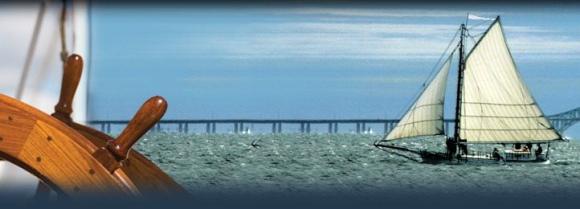 Last July, we posted about
Last July, we posted about 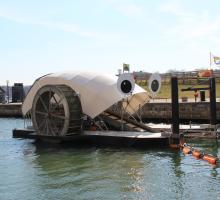 We recently
We recently 
 Until a few days ago, everything seemed promising for the award-winning UK yacht builder
Until a few days ago, everything seemed promising for the award-winning UK yacht builder